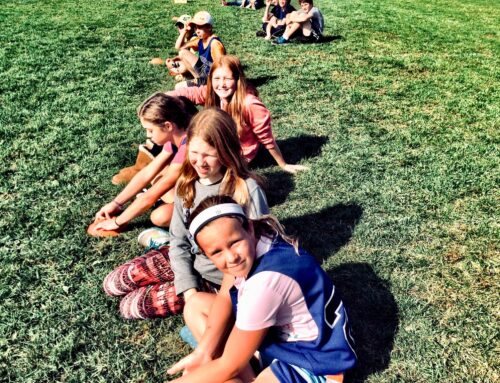Behaviour Therapy: Give Me Some Attention!
Understanding Attention When it Comes to Problem Behaviour
Functions of Behaviour
When it comes to decreasing problem behaviour, professionals will undoubtedly talk about behaviour ‘function.’ They will stress that the function of the behaviour is more important to understanding and reducing the behaviour than what the behaviour actually looks like (i.e., the form). But what does this all mean? In simple terms, they will want to know what ‘purpose’ the behaviour serves. What does the person who is displaying the problem behaviour want at that very moment in time and what does that behaviour ultimately produce as a result? If those 2 things (wants & outcomes) match – bingo – the person will, in all likelihood, continue to do that problem behaviour in the future.
Attention-Seeking Behaviour
While there are 4 functions (purposes) of behaviour, one most familiar to people is the consequence of ‘attention;’ we’ve all heard statements like “oh she’s just doing that to get my attention.” But did you know that the quality of attention or the type of attention provided may be irrelevant when it comes to maintaining problem behaviour. In many cases, caregivers and educators will report that they simply ‘review the rules’ with a child after a problem behaviour occurs or that they provide a reprimand. Even though these may be seen as ‘negative’ interactions, they nonetheless are a form of attention that can act as a reinforcer for the problem behaviour (i.e., make it happen again) when an individual is in want of attention. Think of yourself….even a big blow out yelling match with someone might feel better and be more rewarding than having the silent treatment for days. The point here is, that ‘negative attention’ (be it rule rehearsal, a calm reprimand, angry stares or even yelling) can in a very large way contribute to the occurrence of problem behaviour. So…what to do?
Whenever attention is suspected as the function, attend as minimally as possible to at least keep the child safe (e.g., watching from the corner of your eye when the child is climbing on a countertop; maybe turning your head while calmly, silently moving them to the floor). Even if it’s hard, find your zen and refrain from letting whatever they are doing from ‘getting a rise out of you.’ As the attention is still wanted, lay it on thick as soon as you see a behaviour that you want more of (e.g., child stops crying / whining and goes off to find something to play with – praise the independance). Continue to provide attention (positive praise, smiles, high fives) at regular intervals so that the ‘want’ for attention doesn’t build, thus negating the need to do the problem behaviour to get attention at all.
Finally, remember to teach the skill of getting attention via a more appropriate behaviour rather than via a problem behaviour otherwise it’s bound to come back. Set aside times in the day to model asking for attention (e.g. “mama come watch me,” a tap on the arm or saying “excuse me”). At first, be sure to let the desired/ replacement behaviours work or pay off for the child almost every time; if not they will undoubtedly go back to doing what worked before. Overtime you can add in some “waits” / “hold on” / “I’m coming” and also harder no’s like “No Daddy’s busy right now.” Then praise the bejeebers out of them when they wait without problems. Bingo – attention understood.
Contact Anderson Therapy today to learn more about our Behaviour Therapy services.






